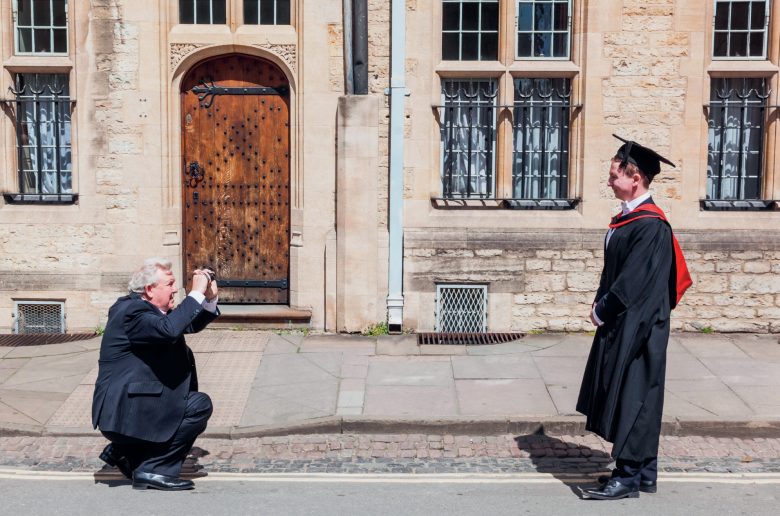In March 2021, as the result of a narrow victory in a referendum, Switzerland became the latest European country to ban face-coverings in public, specifically targeting the burka or niqab worn by many Muslim women. Under the Swiss principle of direct democracy, citizens are often asked to vote on particular issues. The face-covering referendum was brought by the right-wing Swiss People’s Party (SVP) under the slogan ‘Ban extremism’, and their election posters showed a woman in a black veil with only her eyes showing. The Swiss government had argued against the ban, saying it was not the job of the state to dictate what women wore, but the vote was carried by 51.2% to 48.8%.
The Pew Research Center recently (December 2020) published an analysis of the data on the issue of religion and women’s dress. In some countries there was an actual legal basis to the restrictions, while in others women faced ‘social hostilities’ — harassment from individuals or groups — if their clothing was thought to violate religious or secular dress codes. Such harassment ranged from verbal abuse to physical violence or even, in extreme cases, killings.
Your organisation does not have access to this article.
Sign up today to give your students the edge they need to achieve their best grades with subject expertise
Subscribe




